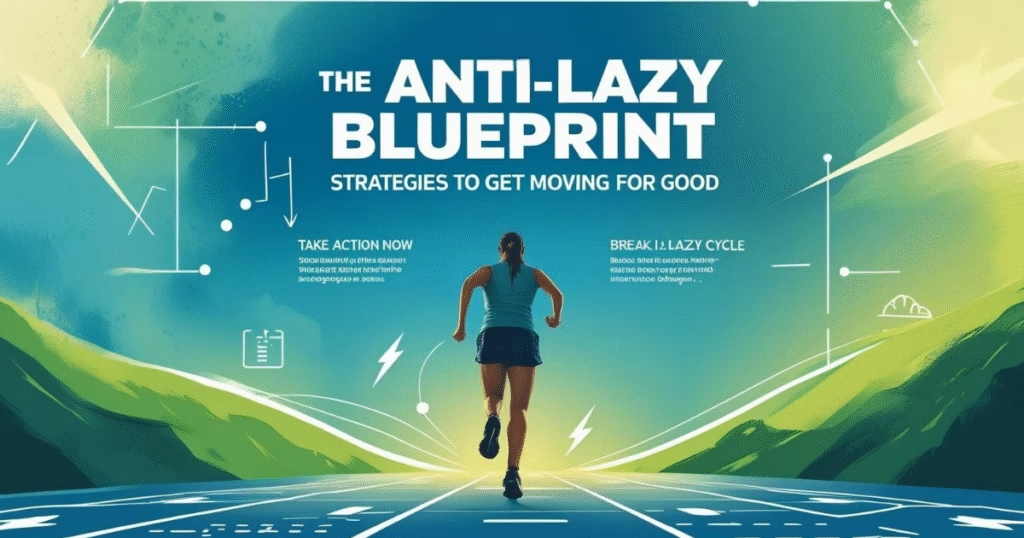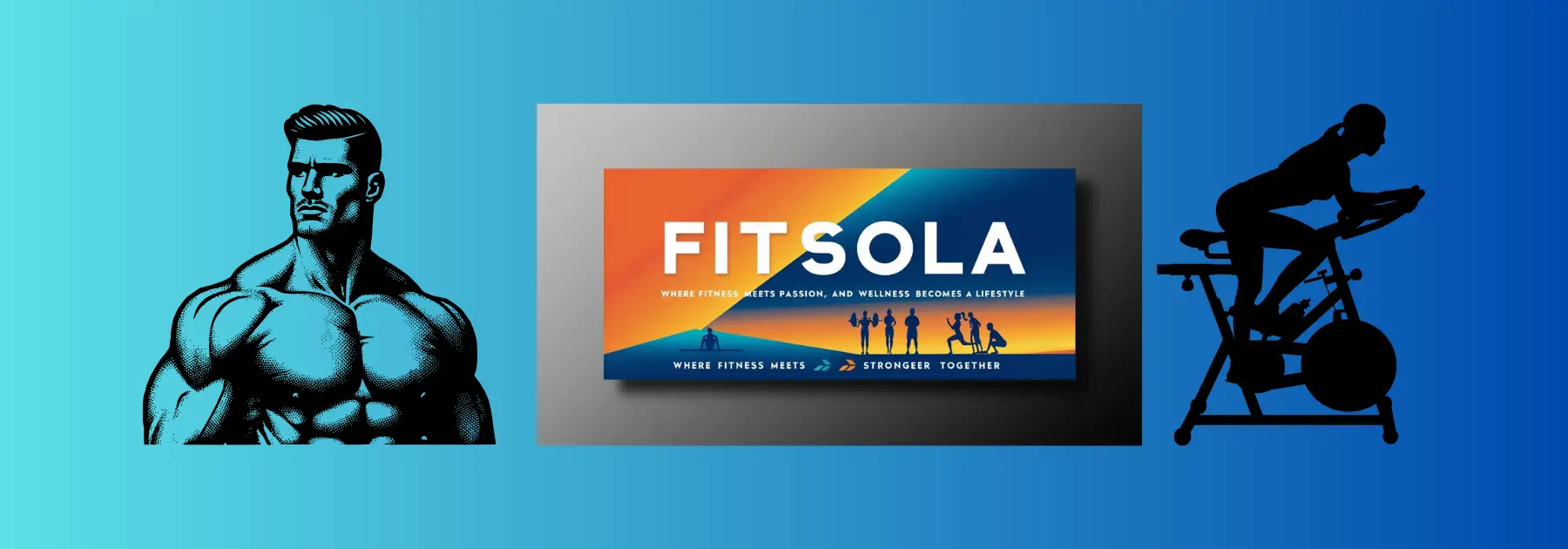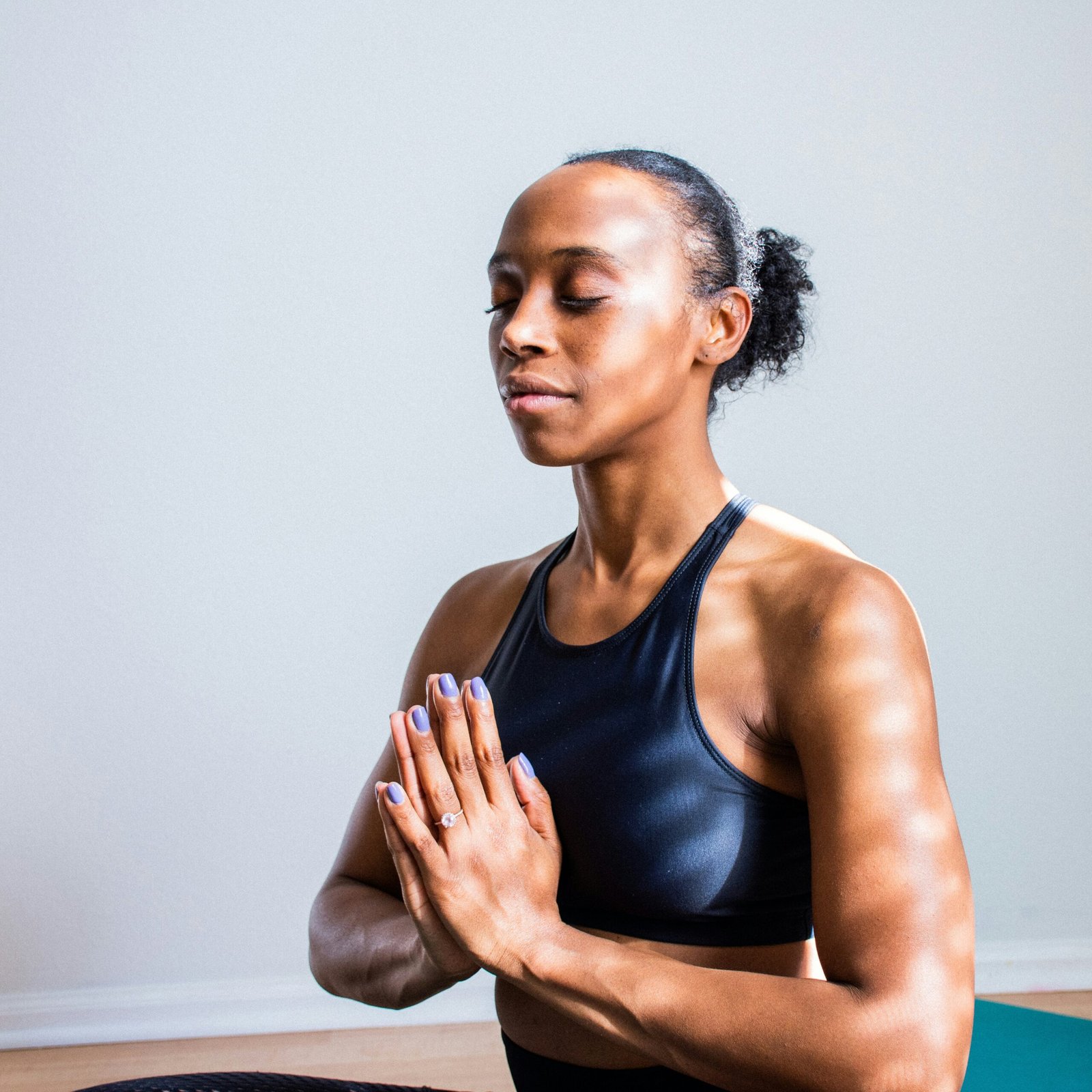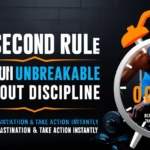The sun is just beginning to cast its golden glow over the Red Sea here in Jeddah, promising another beautiful, bustling day. For many, a new day sparks thoughts of productivity, goals, and—yes—even the dreaded work out. Yet, for countless others, myself included sometimes, that thought of working out can be met with a groan, a sigh, or the overwhelming desire to just hit the snooze button one more time.
Let’s be honest. We’ve all been there. You know exercise is good for you. You’ve heard all the benefits – more energy, better mood, improved sleep, stronger body, reduced stress, longer life… the list goes on. You might even genuinely want to be more active. But when it comes down to it, the motivation just evaporates. That comfortable couch, that captivating show, that endless to-do list – they all seem to win out over hitting the gym or going for a run.
If the idea of working out feels less like an exciting opportunity and more like a monumental chore, you’re not alone. The struggle with exercise isn’t usually about a lack of knowledge; it’s about a lack of consistent motivation, dealing with perceived effort, and battling ingrained habits. We often fall into the trap of thinking we need to go from zero to hero overnight, aiming for intense workouts that feel completely out of reach. And when we inevitably “fail” to meet those unrealistic expectations, we just give up, reinforcing the idea that we’re “lazy” or “not cut out for it.”
But what if I told you that overcoming “laziness” isn’t about suddenly becoming a super-motivated gym fanatic? What if it’s about understanding the psychology behind your resistance, making tiny, manageable shifts, and building momentum so gently that you barely notice you’re becoming an active person?
That’s exactly what we’re going to explore today. This isn’t about shaming or guilt-tripping. This is about real talk, practical strategies, and a humanized approach to building a sustainable exercise habit, even if you feel like the laziest person on the planet. We’re going to break down the common barriers and equip you with actionable hacks to transform your relationship with movement for good.
Understanding the “Lazy” Label: It’s Not Who You Are, It’s What You Do (Sometimes)
First things first: ditch the “lazy” label. When it comes to exercise, what we often perceive as laziness is actually a complex interplay of lack of motivation, perceived effort, decision fatigue, and past negative experiences. Your brain, brilliant as it is, is wired for efficiency. If something requires a lot of energy (physical or mental) and doesn’t offer immediate, clear rewards, it’s going to find a way to avoid it.
Our goal isn’t to fight against this innate wiring directly, but to cleverly re-wire it. We want to make exercise feel less daunting, more rewarding, and eventually, just a natural part of your day.
The Anti-Lazy Blueprint: Strategies to Get Moving for Good
1. The Power of Micro-Habits: Think Tiny, Not Titanic
This is perhaps the most critical shift. Forget the hour-long gym sessions. Start ridiculously small. So small that it feels almost silly not to do it.
- The 5-Minute Rule: Commit to just 5 minutes. Seriously. Get dressed, put on your shoes, and do anything for 5 minutes. A quick walk around the block, a few push-ups, jumping jacks, or dancing to one song. The magic here is twofold:
- Lowering the Barrier: 5 minutes is barely any effort. Your brain can’t argue with it.
- Building Momentum: Often, once you start, you’ll feel better and might even continue for longer. If not, hey, you still did 5 minutes! That’s a win.
- Pairing Strategy: Link exercise to an existing habit. Every time you boil the kettle for coffee, do 10 squats. Every time you get up during a commercial break, do a plank for 30 seconds. This makes exercise almost automatic.
- The “One Thing” Principle: Don’t aim for a full workout. Just pick ONE thing. “Today, I will do 10 push-ups.” That’s it. Success builds success.
Why this works: It dismantles the mental hurdle. The hardest part of exercise is often just starting. Micro-habits trick your brain into starting, often leading to more, but always ensuring you achieve something, which fuels positive reinforcement.

2. The Joyful Movement Audit: Find What Doesn’t Feel Like “Work”
One of the biggest reasons we resist exercise is that we often associate it with grueling, boring activities we dread. But exercise doesn’t have to be running on a treadmill or lifting weights.
- Explore & Experiment: Think back to what you enjoyed as a kid. Did you like dancing? Swimming? Riding a bike? Playing a sport? Explore different activities until you find something that sparks even a tiny bit of joy.
- Dancing: Put on your favorite music and just move. No rules, no judgment.
- Walking in Nature: Find a park, a scenic route, or even just a quieter street. The mental benefits are huge.
- Active Video Games: Games like Ring Fit Adventure or VR fitness can make moving feel like play.
- Gardening: Digging, planting, weeding – it’s surprisingly good exercise.
- Team Sports: If you thrive on social interaction and competition, join a local rec league.
- Focus on How It Feels, Not How It Looks: Shift your focus from calorie burning or muscle building to how movement makes you feel in the moment – the fresh air, the rhythm, the sense of accomplishment.
Why this works: When exercise feels like play or enjoyment, rather than punishment or a chore, adherence skyrockets. You’re not fighting against “laziness” as much as you’re inviting joy.
3. Strategic Scheduling: Block It Out Like a Business Meeting
If it’s not on your calendar, it doesn’t exist. We treat important appointments with respect; exercise deserves the same.
- Non-Negotiable Time Slot: Pick a specific time that works for you (e.g., first thing in the morning, during your lunch break, right after work) and block it out in your calendar. Treat it like a meeting with your most important client – you.
- Prime Time Principle: Experiment with different times of day. Are you a morning person? An evening mover? When do you naturally have the most energy or the fewest distractions?
- Location, Location, Location: Choose an exercise location that’s convenient. If the gym is a 30-minute drive, you’re less likely to go. Is there a park nearby? A safe street for walking? Could you do it at home?
Why this works: It removes decision-making from the equation when you’re tired. The choice is already made. It also helps you mentally prepare for the activity.
4. The Environment is Everything: Make It Easy to Start
Our surroundings play a massive role in our habits. Optimize your environment to make exercise the path of least resistance.
- Lay Out Your Clothes: The night before, lay out your workout clothes, shoes, and anything else you need. In the morning, you literally just have to put them on.
- Pack Your Bag: If you go to a gym or a class, have your bag packed and ready to grab by the door.
- Visual Cues: Keep your weights by the couch, your yoga mat unrolled, your running shoes by the bed. Seeing them acts as a gentle nudge.
- Remove Obstacles: If your TV remote is tempting, put it in another room. If your phone is a distraction, put it on “Do Not Disturb” or out of reach during your scheduled time.
Why this works: It leverages the power of cues. The less effort required to start, the more likely you are to follow through. It makes the “easy choice” the healthy choice.
5. Accountability & Support: Don’t Go It Alone
Having someone in your corner can make all the difference.
- Workout Buddy: Find a friend, family member, or colleague to exercise with. Knowing someone is waiting for you is a powerful motivator.
- Join a Class/Group: The commitment to a class schedule and the camaraderie of a group can keep you engaged. Think Zumba, spin classes, or a local walking club.
- Online Communities: Join a Facebook group, a fitness app community, or follow inspiring accounts on social media. Share your progress (or struggles!) and get support.
- Hire a Trainer (if feasible): Even a few sessions with a trainer can help you build confidence, learn proper form, and establish a routine. The financial commitment often translates to greater adherence.
Why this works: External accountability provides the push you might lack internally. Social connection also makes the activity more enjoyable and less isolating.
6. Gamify Your Goals: Make It a Fun Challenge
Turn exercise into a game to tap into your competitive spirit (even if it’s just against yourself!).
- Tracking Apps: Use apps like MyFitnessPal, Nike Training Club, or Strava to track your progress, earn badges, and see your stats. Seeing tangible progress is motivating.
- Fitness Trackers: Wearables like Apple Watch, Fitbit, or Garmin can track steps, heart rate, and activity levels, giving you real-time feedback and daily goals.
- Small Rewards: Set non-food rewards for hitting milestones. A new book, a massage, a small shopping splurge, an extra hour of guilt-free TV – whatever genuinely motivates you.
- Friendly Competition: Challenge a friend to a step challenge or a “most active minutes” competition.
Why this works: It makes exercise less about willpower and more about achievement and fun. It provides tangible feedback and immediate (or near-immediate) rewards, which your brain loves.
7. The Reframe: Focus on Energy, Not Exhaustion
Many people avoid exercise because they associate it with feeling tired or sore. While that can happen, the long-term benefits are increased energy and vitality.
- Before & After Check-in: Before a short workout, acknowledge how you feel (tired, sluggish). After, check in again. More often than not, you’ll feel more energized, mentally clearer, and less stressed. Focus on that feeling.
- “Energy Booster” Mindset: Instead of “I have to work out,” think “I’m going to boost my energy with some movement.”
- Listen to Your Body: Some days you genuinely need rest. Don’t push through extreme fatigue or pain. Rest is part of the process, and understanding this prevents burnout.
Why this works: It shifts your perception from exercise as a drain to exercise as a source of energy. This positive association makes you more likely to seek it out.
8. Consistency Over Intensity: The Compound Effect of Small Wins
This is the golden rule. Doing something small consistently is exponentially more effective than doing something massive once every few months.
- The “Never Miss Twice” Rule: If you miss a workout, that’s okay. Life happens. But never miss two in a row. Get back on track the very next day. This prevents a single slip-up from derailing your entire habit.
- Accept Imperfection: Some days your workout will be awesome. Some days it will be mediocre. Some days you’ll just do 5 minutes. All of it counts as consistency.
- Long-Term View: Building a habit takes time. Don’t expect instant results or a sudden burst of motivation. Trust the process, and celebrate the small, consistent efforts.
Why this works: It builds momentum and reinforces your identity as someone who exercises. Every small win strengthens the neural pathways associated with active behavior.
9. The “Why” Power: Connect to Your Deepest Values
Sometimes, a disconnect from our core reasons for exercising is the biggest culprit behind “laziness.”
- Visualize Your Future Self: What does a healthy, active you look like? Feel like? What can you do that you can’t do now? Is it playing with grandkids, hiking, traveling without limitations, or simply feeling more confident?
- Write It Down: Grab a pen and paper. List all the reasons you want to be more active. Be specific. “To have energy to play with my kids,” “to manage stress better,” “to feel strong and capable.”
- Place Your “Why” Strategically: Put that list on your fridge, on your bathroom mirror, as your phone background – somewhere you’ll see it daily.
Why this works: Connecting to your deep-seated values provides intrinsic motivation, which is far more powerful and sustainable than external pressure or fleeting desires.
Your Journey Starts Now (From the Couch, If Needed)
As the moon begins its gentle climb over the rooftops of Jeddah, bringing with it a sense of quiet calm, I want you to know this: you are not lazy. You are simply human, facing a universal challenge in a world designed for convenience.
The journey to consistent movement doesn’t begin with a sudden burst of superhuman willpower. It begins with understanding yourself, lowering the bar so low you can’t possibly trip over it, and building tiny, consistent habits that stack up over time. It’s about finding joy in movement, optimizing your environment, and connecting with your deepest motivations.
So, don’t wait for motivation to strike. It’s a fickle friend. Instead, take one tiny step. Put on your sneakers. Walk for 5 minutes. Do 10 squats. Tomorrow, do it again. Over time, these small acts of self-care will compound, transforming you from someone who struggles with exercise into someone who moves for life. And you’ll wonder why you didn’t start sooner.
What’s the tiniest step you can take today to get moving? Share it in the comments below – let’s inspire each other!
Get More From Our YouTube Channel: https://www.youtube.com/@FitsolaFitness



